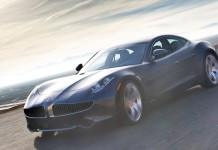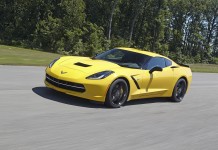Every auto manufacture and their brother are currently scrambling to up their fuel economy averages. This means that new technologies are being utilized almost weekly and Mazda is the next one in line. A big-but forgettable cause of lower fuel mileage is braking as stopping takes built energy and throws it in the garbage. In order to save as much of that energy as possible, regenerative braking is used on many types of vehicles. Usually using either an alternator or electric motor, most systems generate electricity under braking thus gathering up some of the lost kinetic energy due to stopping. The systems have been working fine for a few years now but Mazda felt their operating components were just not good enough and so, they’ve re-invented regenerative braking by introducing a capacitor. Enter “i-ELOOP.”

Where a battery and electric motor are exposed to deterioration because of prolonged use, a capacitor isn’t. Mazda’s i-ELOOP ditches the traditional battery-motor system for a compact capacitor that serves the same purpose but will not lose its effectiveness over time. The lighter weight of the single unit also adds to the improvement in fuel economy as an overall jump of 10 percent can be seen with i-ELOOP. The electricity generated is used to operate energy-sapping systems such as the climate control, stereo and lighting. Using a 12-25V variable voltage alternator, a low-resistance electric double layer capacitor and a DC/DC converter, Mazda’s system turns on the instant a driver lets of the throttle and deceleration begins. The alternator builds up to 25 volts, sends it to the capacitor which can be fully charged in a matter of seconds and then the converter turns the 25 volts into 12 for the car to use however it pleases. Expect to see i-ELOOP featured on Mazda vehicles during 2012.
Source: Mazda








